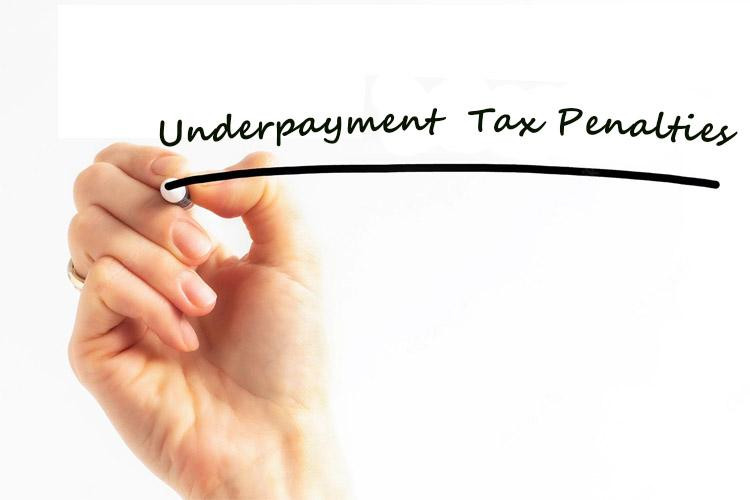IRS (Internal Revenue Service) requires each taxpayer, whether individual or corporation, to pay their taxes in a timely fashion and in full. You are supposed to pay the estimated tax quarterly. The IRS matches your tax documents with the Form 1099, W-4, and other tax forms issued by your employer to ensure your earnings match the tax you have paid for the year. If there’s any difference, you will be subject to underpayment tax penalty. As the name implies, IRS charges interest on your tax and a penalty if you delay your tax payment or pay less than you owe. Here’s what you should do to avoid underpayment tax penalties:
- Pay at least 90% of the tax amount due for the current financial year either in a lump sum or through paycheck withholdings every quarter.
- 100% of the tax you owed in the previous calendar year
How Does it Work?
The US government has implemented a pay-on-the-go rule for taxpayers. This means each individual who earns a taxable income should either withhold the tax payment from their paychecks or make tax payments every quarter from their earnings. Failure to pay the required tax amount by the due date or withholding less than you owe can result in the underpayment penalty. This mainly happens when you can’t keep track of your earnings, deductions, and tax credits. Besides, the tax regulations keep changing annually, which makes it even more challenging for taxpayers to calculate their quarterly taxes based on the recent laws.
IRS uses Form 2210 to determine the total amount an individual owes in taxes, the amount paid for the year, and whether it matches their income. If you have underpaid your annual income tax, you need to pay the remaining balance as soon as possible with a penalty. The penalty is calculated based on the difference and how long you didn’t pay the tax. Note that there is no fixed percentage or fee. It’s calculated based on a number of factors, such as the total period that the taxable amount remained unpaid.
In addition to the tax penalties, IRS charges interest on quarterly taxes to those who underpay or overpay their annual taxes.
Types of Penalties
Failure to File: Taxpayers had to file their income tax return by April 15, 2022. Those who required an extension got until October 15 to clear their dues. Those who don’t request an extension or fail to keep up with the deadline are subject to a failure-to-file penalty.
Failure to Pay: Failure to Pay applies to those who filed the taxes on time but couldn’t pay them. Even if you filed the returns on due dates, IRS could charge you with failure to pay if you are unable to make tax payments.
Underpayment: In the US, you don’t have to pay taxes in a lump sum. You can rather pay as you earn, i.e., on a quarterly basis. If your tax amount exceeds $1000, you will have to pay it with a penalty. That’s why most people pay on the go. The IRS measures your penalty by subtracting the paid amount from your dues and multiplying the balance by the current interest rate for the quarter.
Dishonored Checks: If you have filed the tax and wrote a check to make the payment, but your bank rejected it because of the lack of sufficient funds in your account, you will be subject to a 2% penalty on the dishonored amount. To avoid such a penalty, make sure your bank has sufficient funds before writing a check.
How to Avoid Tax Penalties?
If you follow the pay-on-the-go system, you will most likely never experience tax penalties. While penalties are quite common, IRS offers many ways to avoid them. They may also consider penalty abatement to remove a penalty.
- If you provide a reasonable cause for the late or missed payment, such as a natural disaster, loss of a loved one, or a financial crisis, you will be eligible for penalty abatement. This means the IRS might lift the penalty and grant you more time to pay your taxes.
- Each taxpayer is eligible for one-time favor, given that they have a good track record in terms of tax payment. This means if you used to pay taxes on time usually but missed it for some reason, the IRS might not charge you a penalty. To qualify for this, you must have paid your prior tax returns without any delays in the last three years.
If you have joined a new company or are promoted to a different position in your existing firm, make sure to draft a W-4 form to give an estimated withholding amount to your employer. You can also use a calculator to determine the total tax the employer should withhold from your salary.

